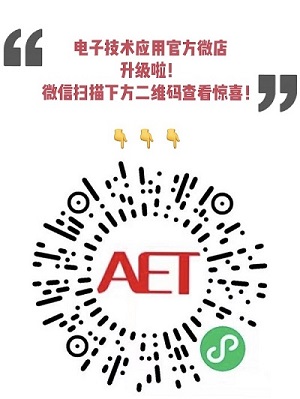海战场侦察图像处理技术图谱及应用展望
信息技术与网络安全 2期
王培元,吴凤芳,关 欣
(海军航空大学,山东 烟台264001)
摘要: 针对海战场侦察图像特点及图像情报保障需求,对现有及未来可用于各类海战场侦察图像处理的基本技术进行了梳理和应用分析。基于数字图像处理技术的3个层次,对基础理论和相关技术分类进行了研究,给出基本图谱。以未来作战保障需求为牵引,对各种图像处理技术在图像情报生成的应用上进行了分析,并指出当前技术应用面临的制约因素和挑战。从技术发展、战斗力生成、联合保障以及无人系统图像处理需求等方面对图像处理技术的发展进行了展望。
中图分类号: TP751.1
文献标识码: A
DOI: 10.19358/j.issn.2096-5133.2022.02.001
引用格式: 王培元,吴凤芳,关欣. 海战场侦察图像处理技术图谱及应用展望[J].信息技术与网络安全,2022,41(2):1-8.
文献标识码: A
DOI: 10.19358/j.issn.2096-5133.2022.02.001
引用格式: 王培元,吴凤芳,关欣. 海战场侦察图像处理技术图谱及应用展望[J].信息技术与网络安全,2022,41(2):1-8.
Technology graph and application prospect of reconnaissance image processing in naval battlefield
Wang Peiyuan,Wu Fengfang,Guan Xin
(Naval Aviation University,Yantai 264001,China)
Abstract:
Abstract: According to the characteristics of reconnaissance image and the requirement of image information support in naval battlefield, the basic technologies that can be used in various kinds of reconnaissance image processing in the future are analyzed. Based on the three levels of digital image processing technology, the basic theory and related technology classification are studied, and a basic atlas is given. Based on the requirements of future operational support,this paper analyzes the application of various image processing technologies in image intelligence generation, and points out the constraints and challenges of current technology application. The development of image processing technology is prospected from the aspects of technology development, combat effectiveness generation, joint support and unmanned system image processing requirements.
Key words : image processing;technical atlas;naval battlefield;reconnaissance image;image intelligence
0 引言
侦察图像能够提供丰富的信息,可以作为战情分析、打击评估的重要信息来源,在作战中的作用不容忽视。海战场侦察图像通过星载、机载、舰载平台以及单兵便携的雷达、光电等设备获取[1],包括可见光图像、红外图像、微光图像、多光谱图像、超光谱图像以及合成孔径雷达(SAR)图像等[2-3],具备周期短、时效性强、全天时、全天候、多角度、全方位等特点。
在海空背景及其复杂的环境下,目标信号的幅值一般较小,侦察图像易受海杂波与云雾杂波的干扰,引起信噪比、对比度等信息的变化。尤其是在机载或船载侦照条件下,常伴有抖动、晃动现象,画面不稳,加上波浪的起伏也容易屏蔽目标。另外,随着新型传感技术的发展和无人系统遂行战场任务的多元化,一方面,海战场侦察图像的数据量呈爆炸式增长;另一方面,海战场侦察图像多波段、多极化,时空分辨率、辐射分辨率以及光谱分辨率明显提高。而且,随着各类新式舰艇的下水,非合作目标侦察图像的特征维数也大大增加。此时,传统的人工判读方式在速度的处理和准确性方面,远远满足不了当前一体化联合作战的图像情报保障的需求[4]。
本文详细内容请下载:http://www.chinaaet.com/resource/share/2000003943
作者信息:
王培元,吴凤芳,关 欣
(海军航空大学,山东 烟台264001)

此内容为AET网站原创,未经授权禁止转载。

